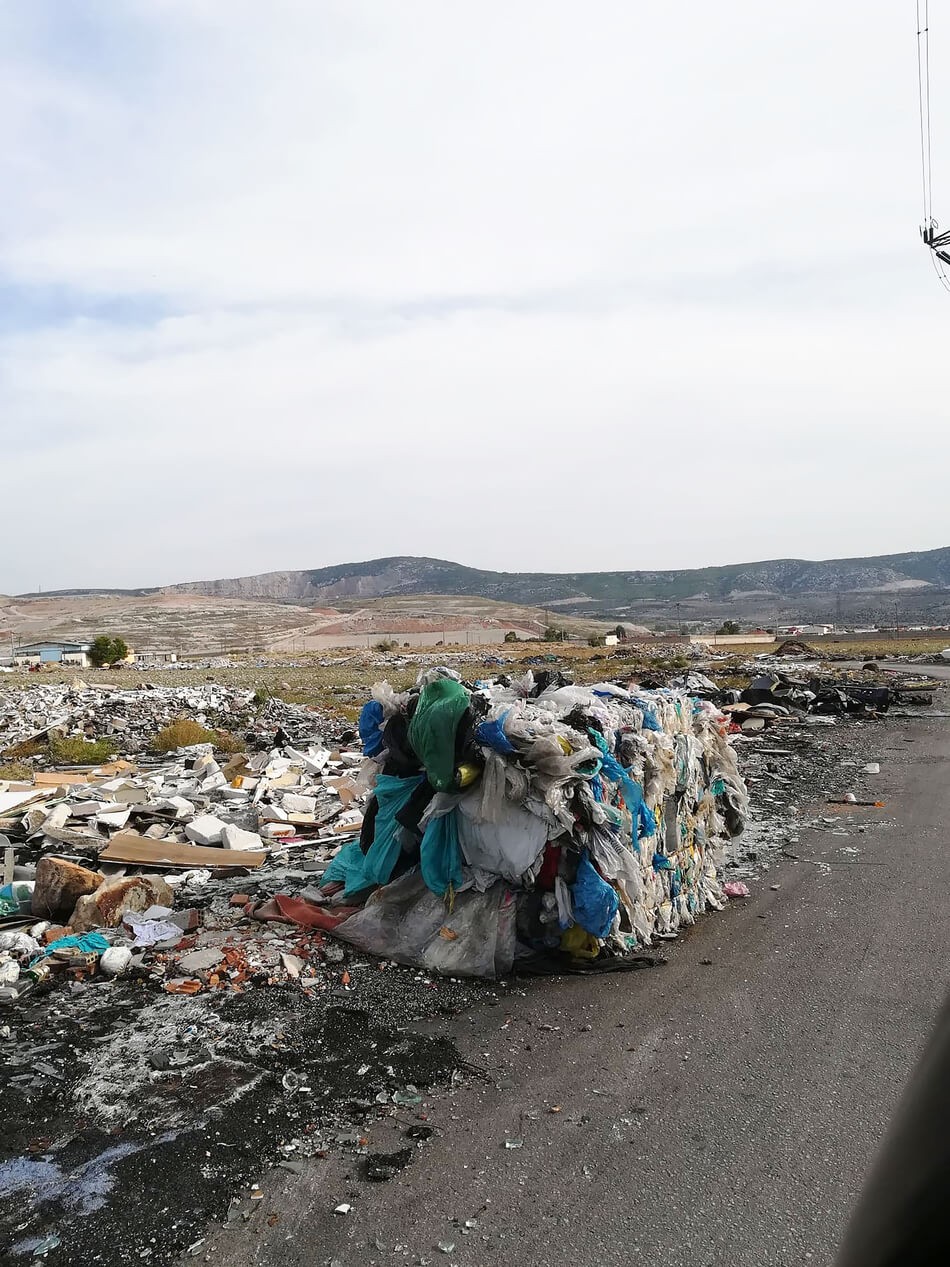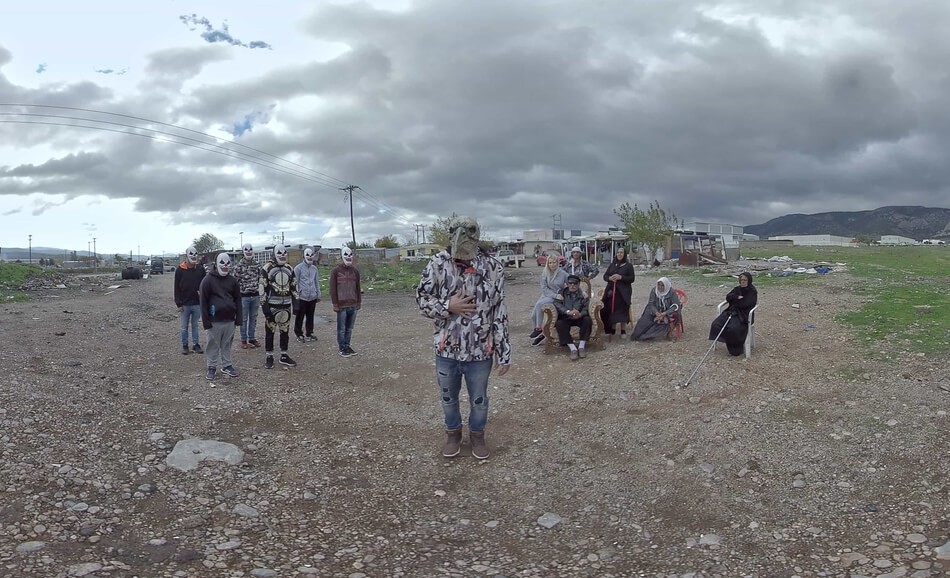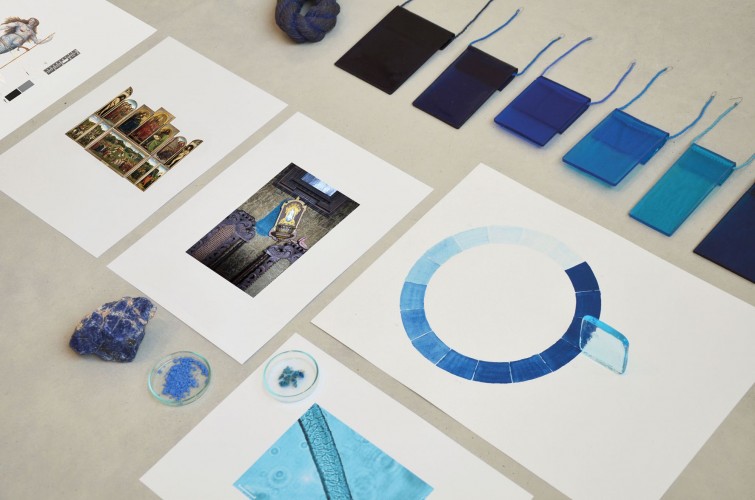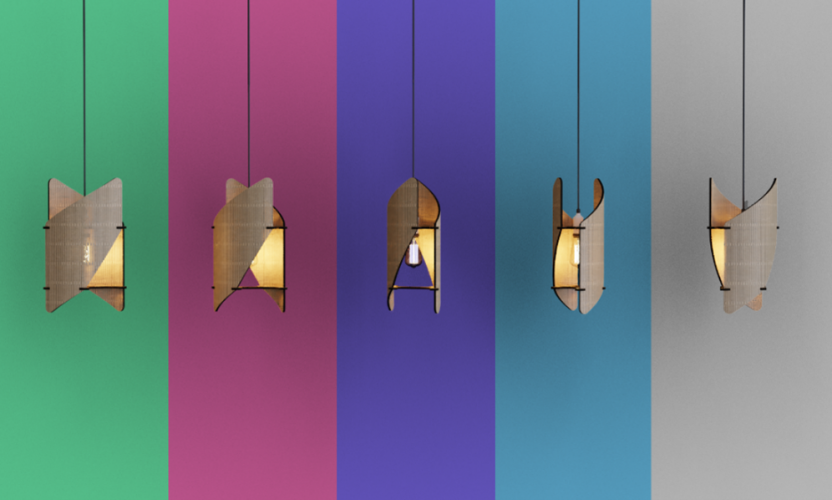59η Μπιενάλε Τέχνης Βενετίας: Ελληνική Συμμετοχή με VR βιντεο-εγκατάσταση
DS.WRITER:
Σοφία Θρουβάλα
Image courtesy of Loukia Alavanou | Πηγή εικόνας: theartnewspaper.gr
Το “Γάλα των Ονείρων” είναι ο τίτλος της φετινής -59ης- Μπιενάλε Τέχνης στη Βενετία, σε επιμέλεια της Σεσίλια Αλεμάνι. Πρόκειται για ένα ιστορικό φεστιβάλ τέχνης το οποίο διοργανώνεται κάθε δύο χρόνια, πάντα στη Βενετία της Ιταλίας, από το 1893. Παράλληλα με την Documenta στο Κάσσελ, η Μπιενάλε είναι μια από τις μεγάλες εκθέσεις τέχνης στην Ευρώπη και ένα από τα σημαντικότερα event σύγχρονης τέχνης παγκοσμίως. Στις αρχές του 20ού αιώνα, οι διοργανωτές τής Μπιενάλε ζήτησαν από τα κράτη που συμμετείχαν, να κτίσουν και να συντηρήσουν τα εθνικά τους περίπτερα. Η Ελλάδα βρίσκεται μεταξύ των 30 κρατών που σήμερα διαθέτουν δικό τους εκθεσιακό χώρο στα Giardini, ένα νεοβυζαντινό κτίσμα που χτίστηκε λίγο πριν τον Β’ Π.Π., εντός του οποίου φιλοξενείται φέτος το έργο της Λουκίας Αλαβάνου.
Η φετινή ελληνική συμμετοχή αφορά ένα ταξίδι στον χρόνο προς όλες τις κατευθύνσεις, του οποίου η κατανόηση επιτυγχάνεται μέσω της εμπειρίας. Το έργο τιτλοφορείται «Αναζητώντας τον Κολωνό», και προκαλεί το βίωμα μέσω της επαυξημένης πραγματικότητας. Συγκεκριμένα, αποτελεί την πρώτη ελληνική VR ταινία που γυρίζεται. Μέσα σε ημισφαιρικούς θόλους τοποθετούνται ειδικά σχεδιασμένα καθίσματα, ενώ ο χώρος συσκοτίζεται, προσφέροντας έτσι την ορθότερη ατμόσφαιρα ώστε το βίωμα των θεατών (μέσω των 360 VR) να είναι βυθιστικό και στο μεταίχμιο μεταξύ πραγματικού και προβεβλημένου. Η προβολή είναι 15 λεπτά, και πρόκειται, όπως προδίδει ο τίτλος, για μια σύγχρονη μεταφορά της τραγωδίας του Σοφοκλή, ενώ το ηχητικό τμήμα του έργου περιλαμβάνει μουσική από τις κοινότητες των Ρομά, δημιουργώντας έναν διάλογο μεταξύ κλασικού και σύγχρονου, δείχνοντας τις συνθήκες στις οποίες ζουν σήμερα οι κοινότητες Ρομά στη Νέα Ζωή Ασπροπύργου, στη Δυτική Αττική.
Η εικαστικός, υπότροφος του Ιδρύματος Ωνάση, Λουκία Αλαβάνου δημιούργησε το έργο του Ελληνικού Περιπτέρου διεπιστημονικά, συνδυάζοντας τη φωτογραφία, τον κινηματογράφο, το θέατρο και την επαυξημένη πραγματικότητα, σε μια πολύ συγκεκριμένη αρχιτεκτονική δομή -αυτή του ελληνικού περιπτέρου-, λαμβάνοντας υπόψιν την αρχιτεκτονική δομή του ίδιου του νεο-βυζαντινού/ νεοκλασικού κτιρίου, δημιουργώντας με την εγκατάστασή της ένα παλίμψηστο στην ιστορία της ελληνικής τέχνης και αρχιτεκτονικής. Την επιμέλεια του έργου αναλαμβάνει ο κριτικός τέχνης Heinz Peter Schwerfel.
Η εικαστικός “χτίζει” ημισφαιρικούς θόλους διαφορετικής διαμέτρου. Εντός των θόλων, που μιμούνται το βυζαντινό αρχιτεκτονικό ιδίωμα σε μια φουτουριστική εκδοχή του, εδράζονται ειδικά διαμορφωμένα καθίσματα, σχεδιασμένα από το studio AREA (Architecture Research Athens) -κατασκευασμένα από τον Δημήτρη Κορρέ, ο οποίος εμπνέεται από σχέδια του ουτοπιστή αρχιτέκτονα Τάκη Ζενέτου. Ο τελευταίος πάντα ονειρευόταν έναν χώρο εντός του οποίου θα μπορούσαμε να βρισκόμαστε συλλογικά, αλλά να λειτουργούμε και μεμονωμένα, βιώνοντας διαφορετικές εξατομικευμένες εμπειρίες με αφορμή το ίδιο ερέθισμα, χωρίς να επηρεαζόμαστε μαζικά. Νιώθοντας πως είμαστε παντού και πουθενά.
Στην αρχιτεκτονική αυτή διαμόρφωση του εσωτερικού χώρου, η Αλαβάνου διηγείται την ιστορία του εξόριστου -από τη Θήβα- Οιδίποδα στον Κολωνό, τόπο ιερό και αγιασμένο, στον οποίο θα βρει τον θάνατο. Η ταινία είναι γυρισμένη σε έναν καταυλισμό Ρομά κοντά στον Κολωνό και δημιουργεί ένα παράλληλο στο οποίο οι νομάδες κάτοικοι της Δυτικής Αττικής ταυτίζονται με την τραγική ιστορία του Οιδίποδα, ζώντας ξεχωριστά από τους κοινωνικά αποδεκτούς “Έλληνες” πολίτες, μη απολαμβάνοντας προνόμια και ζώντας ουσιαστικά σε μια σύγχρονη εξορία.

Image courtesy of Loukia Alavanou | Πηγή εικόνας: itsliquid.com
Η καλλιτέχνις έχει πρόθεση να συνδέσει όλες τις ιστορικές στιγμές σε ένα νέου τύπου δράμα, το οποίο επανδρώνεται από ένα καστ Ρομά. Το αρχαίο και πολυπαιγμένο έργο του Σοφοκλή έρχεται, με τη βοήθεια της περίπλοκης VR τεχνολογίας 360 μοιρών, να αφηγηθεί μια ιστορία εξορίας πολύ πραγματική, ενώνοντας τη μυθολογία με το σύγχρονο και το αποδιοπομπαίο. Οι θεατές έχουν την ευκαιρία να επισκεφθούν ένα τρισδιάστατο σκηνικό, στο οποίο δύσκολα θα είχαν πρόσβαση στην πραγματική ζωή. Με τη χρήση της τεχνολογίας, μπορούν επί της ουσίας να αντιληφθούν πολυαισθητηριακά τον χώρο που τους περιβάλλει ψηφιακά και να βιώσουν το δράμα που εξιστορείται. Με την κίνηση του κεφαλιού τους, οι θεατές-συμμετέχοντες μπορούν να ακολουθήσουν τον κατευθυντήριο ήχο και να δουν γύρω τους με τη βοήθεια των τρισδιάστατων λήψεων μέσω drone.

Image courtesy of Loukia Alavanou | Πηγή εικόνας: itsliquid.com
Το docufiction “Oedipus in Search of Colonus” της 42άχρονης Ελληνίδας Λουκίας Αλαβάνου, γνωστής για τα βιντεοκολάζ της, αποτελεί την πρώτη συμμετοχή τής Ελλάδας στην Μπιενάλε τέχνης της Βενετίας με VR360. Είναι ενδιαφέρον πως, στα πλαίσια αυτής της συμμετοχής, η καλλιτέχνιδα συνδυάζει το μέσο της αρχιτεκτονικής, του βίντεο και της performance, και τα αποδίδει διαδραστικά με τη χρήση των νέων τεχνολογιών, δημιουργώντας ταυτόχρονα δύο χώρους δράσης και πρόσληψης.
Έτσι, εκτός από τα κοινωνικά ζητήματα που αναπτύσσονται μέσω της οπτικής ηχο-εγκατάστασης, αναδύονται επίσης ερωτήματα σχετικά με την τέχνη αλλά και τις νέες μορφές συμμετοχικότητας στους χώρους πολιτισμού. Συγκεκριμένα, αναρωτιόμαστε αν θα ήταν πιθανό να απολαμβάνουμε στο άμεσο μέλλον τόσο εκθέσεις όσο και κινηματογραφικές προβολές με την χρήση vr. Το ερώτημα αυτό φέρνει κι επόμενα, όπως τι σημαίνει να απολαμβάνεις πχ μια ταινία σε έναν δημόσιο χώρο, απομονωμένος ωστόσο σε ένα περιβάλλον εξατομικευμένο και μη επικοινωνιακό. Και τέλος, είναι δυνατόν η απομόνωση της εμπειρίας της τέχνης από την εμπειρία των άλλων να προκαλέσει τελικά διάλογο, και κατά πόσο αυτός είναι γόνιμος; Κλείνοντας, ενδιαφέρον παρουσιάζει και ο σχεδιασμός του ιστότοπου της ελληνικής (εδώ) συμμετοχής, ο οποίος, μέσω του web-design του, θα μπορούσε να θεωρηθεί πως εισάγει απόλυτα τον θεατή στο έργο και προοικονομεί τα όσα αυτό πραγματεύεται.

Image courtesy of Loukia Alavanou | Πηγή εικόνας: itsliquid.com
Further Reading:
http://loukiaalavanou.com/?fbclid=IwAR2iPXV72w3BaBfzBkkg5d63IO7XZ-00RP9nygRn7oFd3hgugbzE5KzgLbg
https://greekpavilion2022.gr/?fbclid=IwAR3RSLbcywWmMVBw3vlqSsZas7Umi8GGCMOtOb7BR-flJ7WjnOdi26hSrgQ
https://www.instagram.com/greekpavilion2022/
https://www.itsliquid.com/greekpavilion.html
https://www.onassis.org/el/news/onassis-culture-at-the-59th-venice-art-biennale








